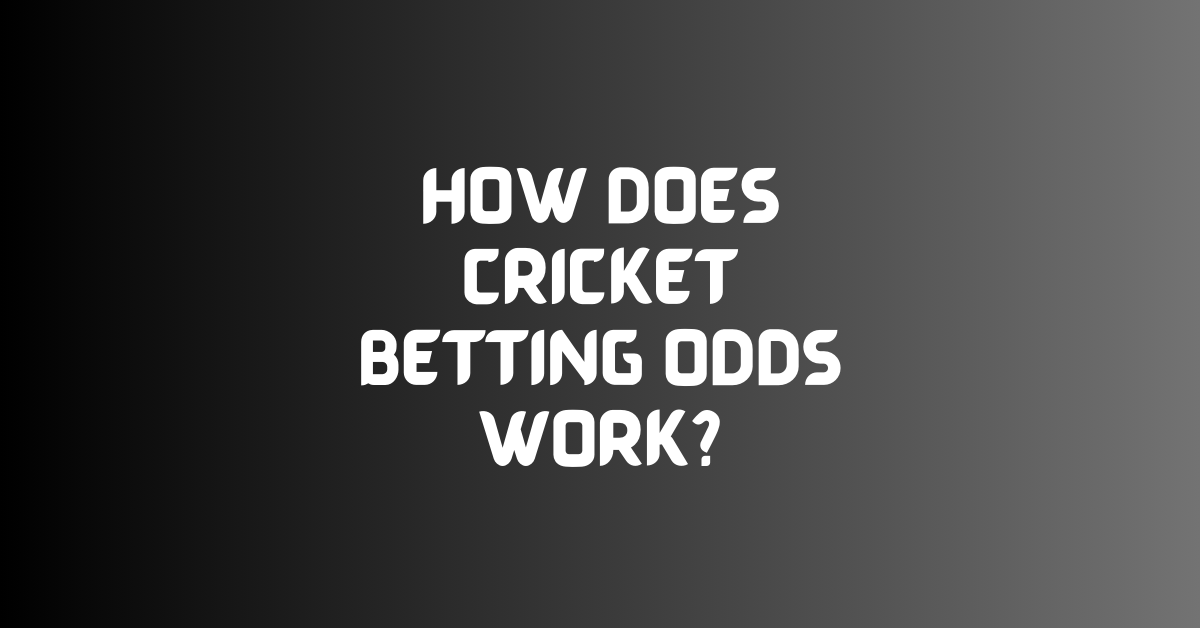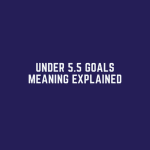Explanation of Betting Odds
Betting odds in cricket serve as a numerical representation of the likelihood of a specific outcome occurring in a match or event. These odds are typically presented in three main formats: decimal, fractional, and American. Understanding these odds is essential for anyone looking to place a bet on cricket matches.
Decimal odds are the most commonly used format globally, representing the potential return on a bet including the initial stake. For instance, if the decimal odds are 2.50, a $10 bet would result in a total return of $25 ($10 stake + $15 profit). Conversely, fractional odds display the profit potential relative to the stake, where odds of 1/1 mean a $10 bet would result in a $10 profit. Lastly, American odds present the profit on a $100 bet when the number is positive, while negative numbers indicate the amount needed to stake to win $100.
Types of Betting Odds in Cricket
When it comes to betting on cricket, there are three main types of odds that are commonly used: decimal odds, fractional odds, and American odds. Each type represents the probability of a specific outcome in a cricket match and can help bettors understand how much they stand to win based on their wager.
Decimal odds are the most straightforward to understand, as they simply represent the amount that will be returned on a winning bet for every unit staked. For example, if the decimal odds for a cricket team winning a match are 2.50, a bet of $10 would return $25 in total ($15 in profit and the initial $10 stake). Fractional odds are more common in the UK and are represented as fractions. For instance, if the fractional odds for a cricket team winning are 3/1, this means that for every $1 staked, the bettor would win $3 if successful. Lastly, American odds are often used in the United States and are displayed as positive or negative numbers. Positive odds indicate how much profit a $100 bet would make, while negative odds represent how much needs to be staked to win $100.
Understanding Decimal Odds
Decimal odds are a popular way of representing betting odds in cricket. They are also commonly used in other sports around the world. This system expresses the potential return on a successful bet, including the stake in your original wager. For example, if a team’s odds are 2.50, this means that for every unit you bet, you will receive 2.50 units in return if your bet is successful.
Moreover, decimal odds make it easy for bettors to calculate their potential winnings. All one needs to do is multiply the amount of their bet with the decimal odds presented. The total amount will include both the original stake and the profit that will be made if the bet is successful. This system is straightforward and preferred by many due to its clarity and simplicity.
Interpreting Fractional Odds
Fractional odds are commonly used in the United Kingdom and Ireland. These odds are displayed as fractions, such as 2/1 or 5/2. The first number indicates the amount that will be won if the bet is successful, while the second number represents the stake.
For example, if the fractional odds are 2/1, a bet of $10 would result in a profit of $20 if successful, along with the return of the original $10 stake. On the other hand, fractional odds of 5/2 would mean a profit of $5 for every $2 wagered, in addition to the return of the $2 stake.
Calculation of Implied Probability
When it comes to calculating implied probability from betting odds, it is essential to understand the relationship between the odds provided by bookmakers and the likelihood of an outcome occurring. Implied probability represents the estimated probability of an event happening based on the odds offered by a bookmaker. In simpler terms, it indicates the bookmaker’s perception of the likelihood of a certain outcome.
To calculate the implied probability from decimal odds, the formula is straightforward. You divide 1 by the decimal odds presented and then multiply the result by 100 to get the percentage. For example, if the decimal odds are 2.5 for a team winning a cricket match, the calculation would be 1 / 2.5 * 100 = 40%. This implies that the bookmaker believes there is a 40% chance of that team winning according to the odds provided.















